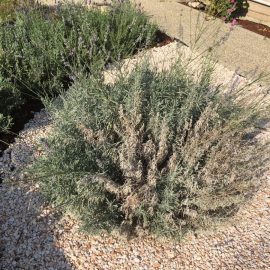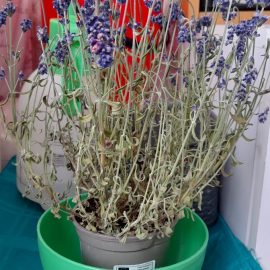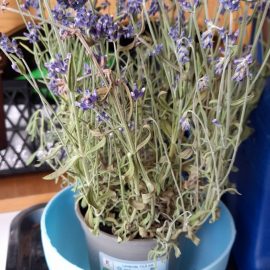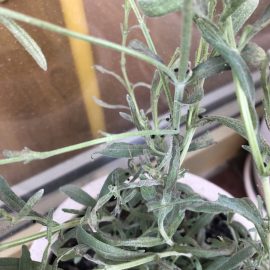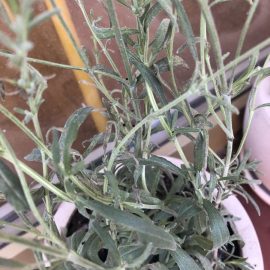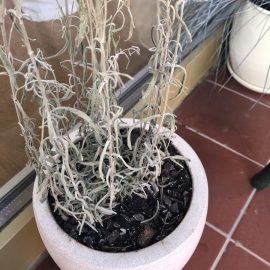Lavender, planting guide and care work
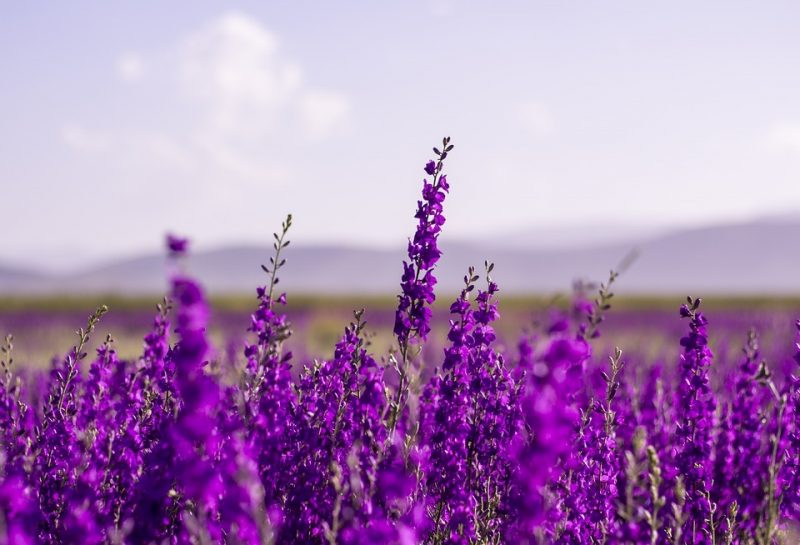
Lavender is part of the Lamiaceae family, well known for its aromatic and spicy species. The origin of lavender (Lavandula angustifolia) is considered to be India and the area near the Mediterranean Sea. Many species of this genus are cultivated in areas with temperate climates, due to the beneficial and ornamental properties of the plants and flowers.
From a botanical point of view, lavender is a small shrub, which can reach a height of 30-60 cm. It has linear, gray-tomentose leaves on both sides and the blue-purple flowers are clustered.
Cultivated more and more in gardens, lavender bushes are a point of attraction for nature lovers but also for bees. Moreover, lavender is known as a repellent for mosquitoes and other unwanted insects, thus planting it near terraces is recommended.
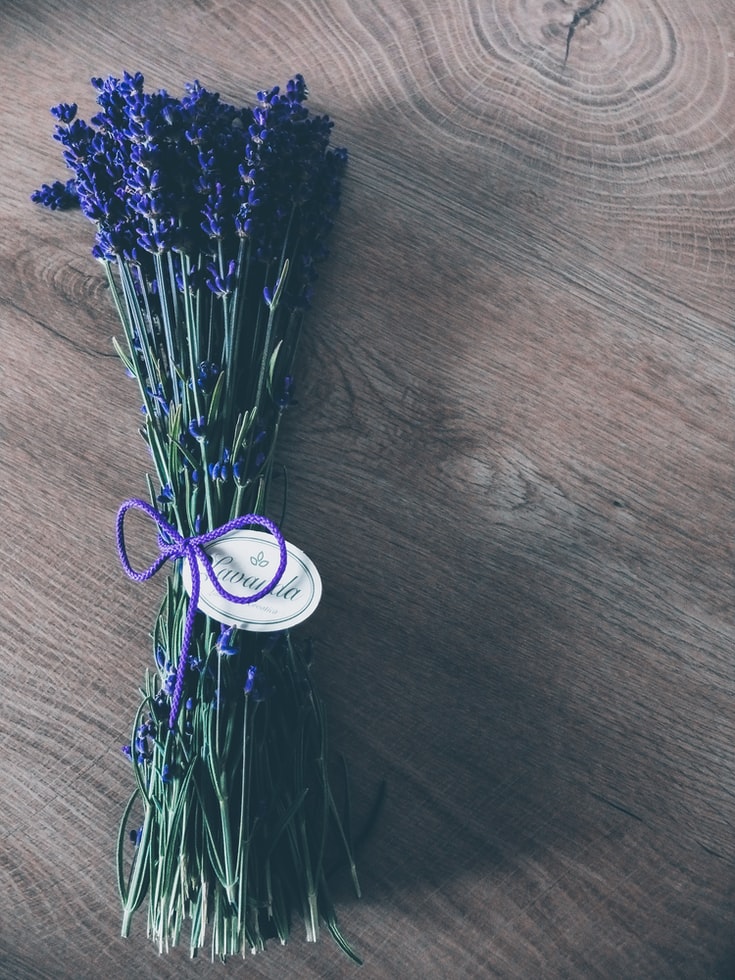
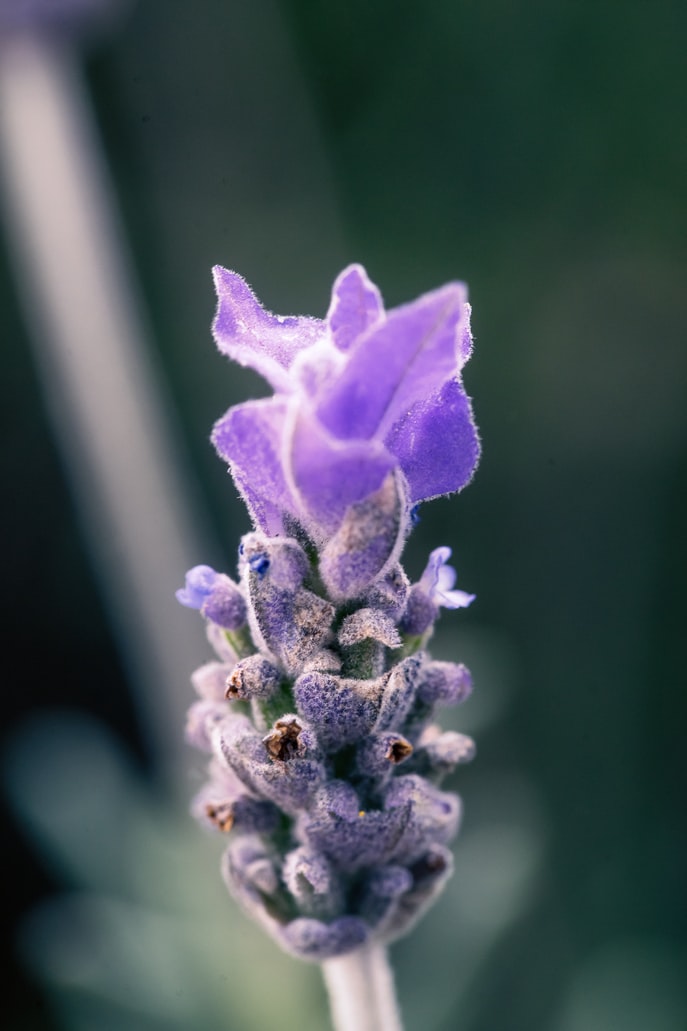
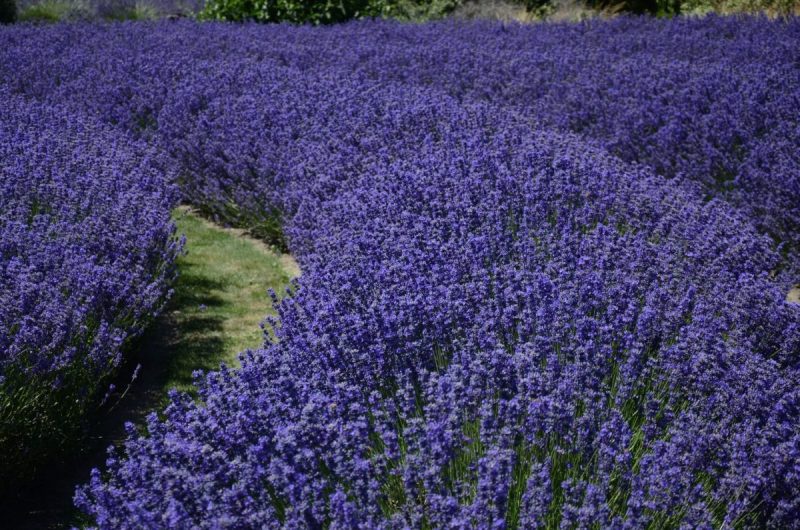
Environmental requirements
Light
It is very fond of the sun, and for this reason, lavender must be planted in the sunniest places of the garden, in order to bloom abundantly.
Temperature
Resistance to winter temperatures depends on the cultivated species. Lavandula angustifolia is more resistant than other species (e.g. Lavandula dentata ) and can tolerate negative values of up to -20° C or less if the plants are protected from the snow. When planting it in the garden, it is recommended to choose places that are more protected from drafts, preferably near a wall.
Substrate
Originally from the Mediterranean limestone and mountainous regions, lavender prefers less fertile, damp soils with a neutral to alkaline pH that drains water well. To improve the drainage capacity of the water, sand can be incorporated into the soil in which it is to be planted.
Watering
Lavender grown in flowerpots requires regular watering. Those planted in the garden are watered only occasionally, being a drought-resistant plant.
Fertilizing
It is recommended to carry out basic fertilizing before planting with balanced fertilizers to help the plant development process.
Recommended products
-
You can find products on a different store
Change Store -
You can find products on a different store
Change Store -
You can find products on a different store
Change Store -
You can find products on a different store
Change Store -
You can find products on a different store
Change Store -
You can find products on a different store
Change Store -
You can find products on a different store
Change Store -
You can find products on a different store
Change Store -
You can find products on a different store
Change Store -
You can find products on a different store
Change Store -
You can find products on a different store
Change Store -
You can find products on a different store
Change Store -
You can find products on a different store
Change Store -
You can find products on a different store
Change Store -
You can find products on a different store
Change Store -
You can find products on a different store
Change Store -
You can find products on a different store
Change Store -
You can find products on a different store
Change Store -
You can find products on a different store
Change Store -
You can find products on a different store
Change Store -
You can find products on a different store
Change Store -
You can find products on a different store
Change Store -
You can find products on a different store
Change Store -
You can find products on a different store
Change Store
Cultivation
When you want to set up a lavender crop, you should buy plants from authorized places, which are free of diseases and pests, with a well-developed root system.
Planting should be done in autumn, after the plants have entered the dormancy period, which coincides with the month of October, under normal weather conditions. If it is done in spring, it should be taken into account that the plants are in dormancy. In the case of purchasing potted plants, which are well fortified, planting can be done at any time, as long as the soil is not frozen and the plants are acclimatized.
Before setting up a lavender crop, it is recommended that in the year of planting the land be cultivated with a vegetable or cereal species, to which herbicides can be applied, in order to clean the land of weeds. After getting rid of the previous culture, you can scarify the land, which is followed by leveling, plowing, and disking works, in order to prepare the land for planting.
As planting distances, you can keep 100-120 cm between rows and 50-70 cm between plants, per row.
Transplanting to the place of cultivation can be done manually, with the help of a planter, or mechanized, and it should be taken into account that the planting depth has to be 5-7 cm bigger than the depth at which the lavender was originally planted in pots or hotbeds.
Before planting, the planting material has to be trimmed by shortening the roots and reducing the aerial part. Also, the roots are dipped in a mixture of yellow soil, cattle manure, and water to make the best possible contact with the soil and to favor a successful planting.
Lavender can also be grown as a potted plant, and placed on terraces or in gardens, in places that receive the most sun. Choose a substrate that drains water well. Watering should be done with moderate amounts of water and the substrate should be allowed to dry before you water the plants again.
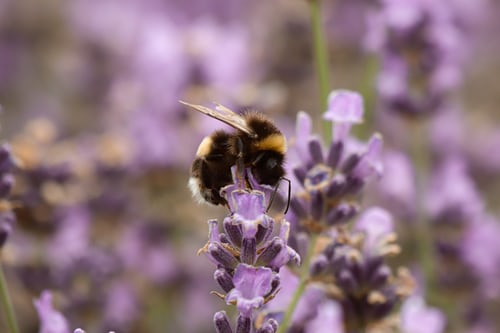
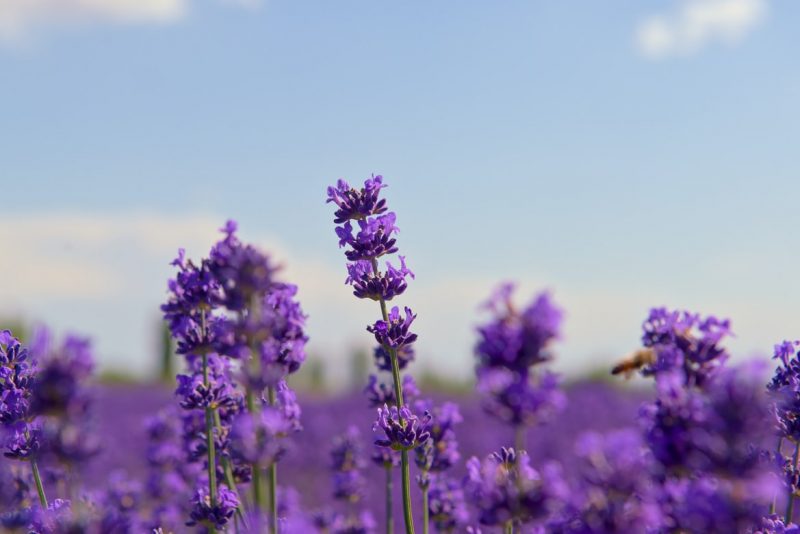
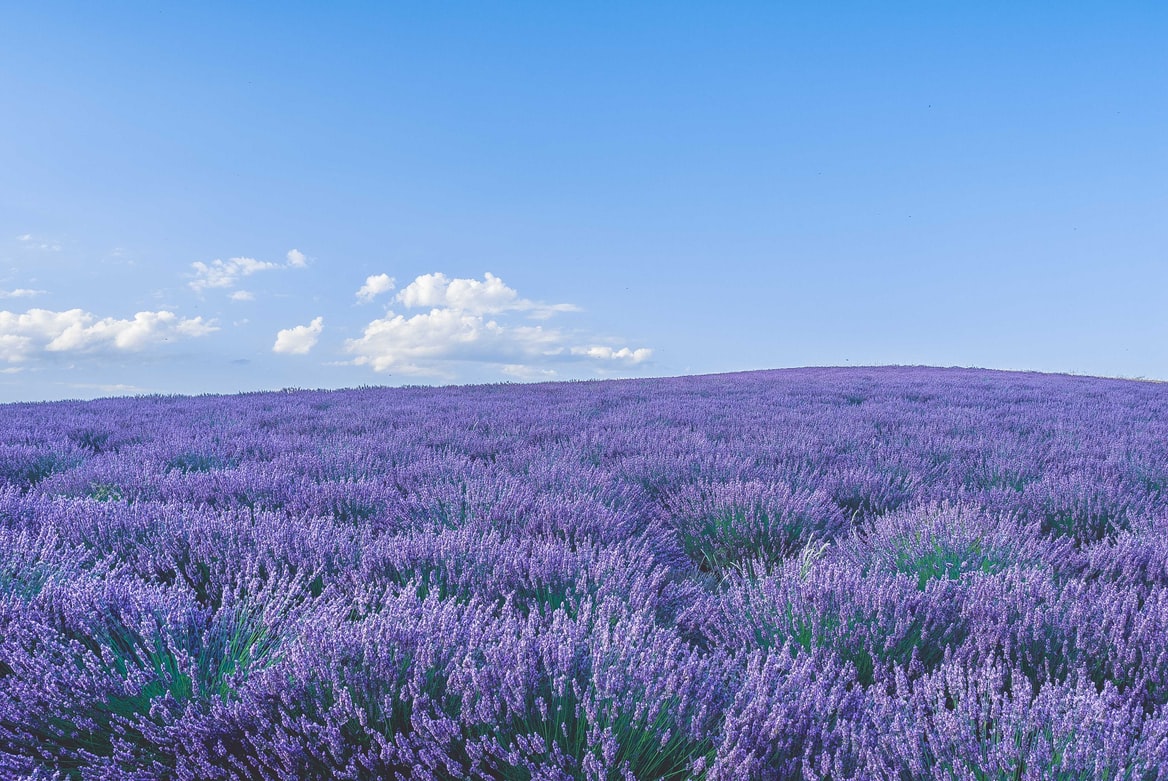
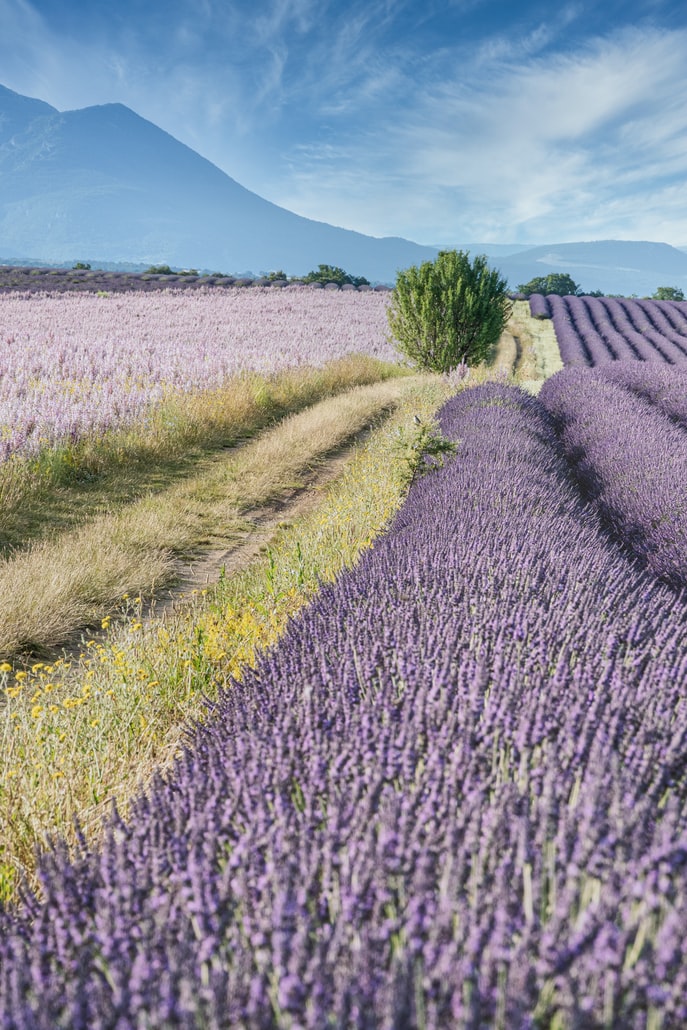
Care
It consists in filling the areas where no plants grew, controlling the weeds, and pruning. Basic fertilization can be applied when preparing the soil, with organic or chemical fertilizers.
Pruning
Plants tend to become woody at the base which leads to the falling of the leaves. Maintenance pruning helps slow this process down, favor branching, and improve the plant’s vigor. Pruning can be done in late summer or early fall, to lighten the bush and reduce the risk of the stems breaking under the weight of the snow. If this has not been done in autumn, the plants can be cut in early spring, before starting the vegetative growth period.
Propagation
It can be done with herbaceous cuttings, in spring, which can be harvested from new growths, or with semi-wooden cuttings, in spring or early autumn. The cuttings must be 10-12 cm long and not show symptoms of disease or pests. The semi-wooden ones have to be cut under a knot. The leaves at the bottom of the cuttings must be removed, the cuttings treated with a rooting stimulator and planted in the root substrate, mixed with perlite or peat. Particular attention has to be paid to maintaining high atmospheric humidity to prevent dehydration of cuttings. After 2-4 weeks, the herbaceous cuttings can be rooted but the semi-wooden ones require a longer period. It can be checked if the cutting has formed roots by pulling lightly – if it did, it should oppose resistance.
Harvesting and storage
Morning is the best time to harvest lavender, and it should be done as soon as you noticed that about a third of the flowers are open on the inflorescence. This can be done starting with the second year after planting. In the first year, it is not recommended to make cuts.
When harvesting the inflorescences, the cut should be done about 5 cm above the wooden part. No cuts must be done from the wooden portions of the plant.
The inflorescences can be dried and stored tied in bunches, in dry and well-ventilated places.
Diseases and pests
Lavender can be attacked by several diseases (powdery mildew, gray mold) and pests (aphids, whiteflies). High humidity in the soil creates favorable conditions for the appearance of diseases of the root system and the area between the roots and the stem (Phytophthora spp., Pythium spp., Rhizoctonia spp.).
Recommended products
-
You can find products on a different store
Change Store -
You can find products on a different store
Change Store -
You can find products on a different store
Change Store -
You can find products on a different store
Change Store -
You can find products on a different store
Change Store -
You can find products on a different store
Change Store -
You can find products on a different store
Change Store -
You can find products on a different store
Change Store -
You can find products on a different store
Change Store -
You can find products on a different store
Change Store -
You can find products on a different store
Change Store -
You can find products on a different store
Change Store -
You can find products on a different store
Change Store -
You can find products on a different store
Change Store -
You can find products on a different store
Change Store -
You can find products on a different store
Change Store -
You can find products on a different store
Change Store -
You can find products on a different store
Change Store -
You can find products on a different store
Change Store -
You can find products on a different store
Change Store -
You can find products on a different store
Change Store -
You can find products on a different store
Change Store -
You can find products on a different store
Change Store -
You can find products on a different store
Change Store














































































































































































































































































































































































































































